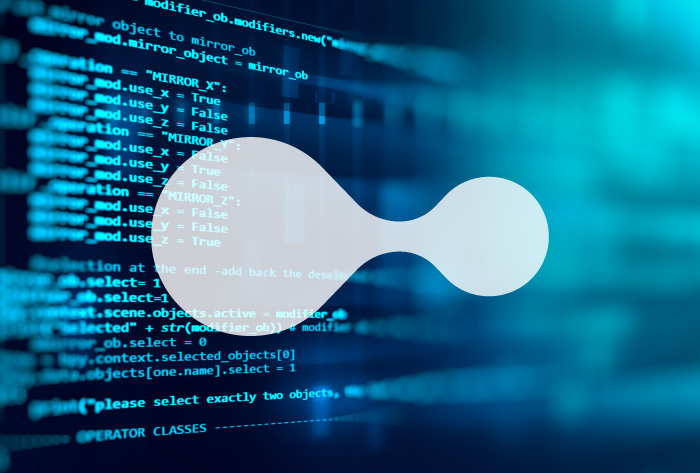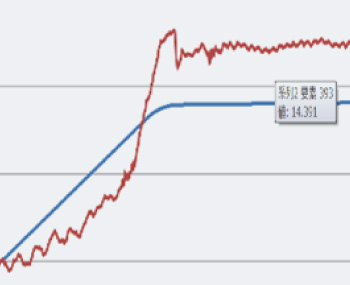Lossless scheme is an absolute must for storage of critical data.
There are mainly two types of data compression schemes: Lossless and Lossy. What these have in common is that both reduces data size by transcoding overlapping patterns, but they differ significantly in data integrity before/after compression/decompression. Each compression scheme has the following features:
Lossless Compression Scheme
Lossless compression is a compression shceme that guarantees data integrity on compression/decompression. The ZIP scheme adopted in document data archive purposes is a typical example. Compared to lossy compression scheme, it cannot obtain very high compression ratio (1/5 - 3/4), but does not degrade data, making it suitable for data that is supposed to be subsequently verified or analized such as inspection images. Typically, such data tends to be hard to compress and require more time to compress.
Lossy Compression Scheme
Lossy compression is a compression shceme that does not guarantee data integrity on compression/decompression. It is adopted mainly in consumer applications such as digital broadcasting and digital cameras including smartphones, digital terrestrial television, one-segment broadcasting. MPEG video encoding and JPEG image encoding are widely prevalent. It can obtain very high compression ratio (1/20 - 1/100), but degrades data quality, making it not suitable for data that needs to be traceable, such as production information and inspection images.
| Schemes | Features | Examples |
|---|---|---|
| Lossless Compression | Guarantees data integrity on compression/decompression (Does NOT degrade data). | zip, lzh, png |
| Lossy Compression | Does not guarantee data integrity on compression/decompression (Degrades data). | mp3, acc, mpg, jpg |
What is CVC (Catana Versatile Compression)?

Real-time Performance is the Most Important in the Real-world
Conventional data compression technologies tended to focus on compression ratio. With an emphasis on compression ratio, it often requires longer compression time, making it difficult to complete compression in a set period of time at a production site or in a moving car.
Overwhelming Real-time Performance Effective in the Field
Our CVC (Catana Versatile Compression) technology is a solution designed to overcome above issues.CVC limits input data to waveform data (continuous data) and encodes waveform change patterns. By saving complicated look-up operations associated with a dictionary method, it can execute this algorithm in one pass (stream execution), making it possible to speed up compression in spite of a lossless scheme.
CVC is an unprecedented and groundbreaking compression technology that enables real-time high-speed lossless compression.
CVC is an unprecedented and groundbreaking compression technology that enables real-time high-speed lossless compression.
Comparison: Compression Ratio and Time

Natural image
- 2560 x 2048
- RGB888 (24bit)
- CPU: Core i7 3GHz
| Schemes | Compression Ratio (%) | Compression Time (ms) |
|---|---|---|
| CVC (Fast Mode) | 53 | 90 |
| PNG (Set for Speed) | 67 | 370 |
| CVC (Ultrahigh Compression Mode) | 37 | 1030 |
| PNG (Set for Ratio) | 37 | 15880 |

Pressure Sensor
- 32bit x 2ch x 6K sample
- CPU: Core i5 2GH
| Schemes | Compression Ratio (%) | Compression Time (ms) |
|---|---|---|
| CVC (Fast Mode) | 17 | 2 |
| ZIP (Default) | 64 | 30 |
CVC Series offers five types depending on your application:
CVC Image (Image Data Compression)
Real-time high-speed lossless data compression library optimized for images, suitable for exhaustive storage of inspection images.
CVC Wave (Waveform Data Compression)
Real-time high-speed lossless waveform data compression library that enables fast and highly-efficient compression for various type of waveforms.
IP library that implements CVC compression with FPGA.
CVC Accelerator (PCIe Accelerator)
Readily accelerates CVC Image & Wave with a PCIe board enabling overwhelmingly faster compression.
CVC for LiDAR
(Radar & LiDAR Data Compression)
Real-time high-speed lossless data compression solution specialized for LiDAR.
Applications
Traceability
- Consumer Electronics
- Automotive
- Semiconductors / LCD panels
- Sheets / Printed Materials
- Foods
- Pharmaceutical / Medical Devices
- Agricultural Products and more
Development
- Aerospace (simulation)
- Automotive (autonomous driving / ADAS)
- Medical devices (simulation)
- Materials Development
- Data analysis software and more
Analysis/Learning
- AI
- Big Data Analysis and more
Cloud
- Data Storage
- Video Streaming
- Music Streaming


